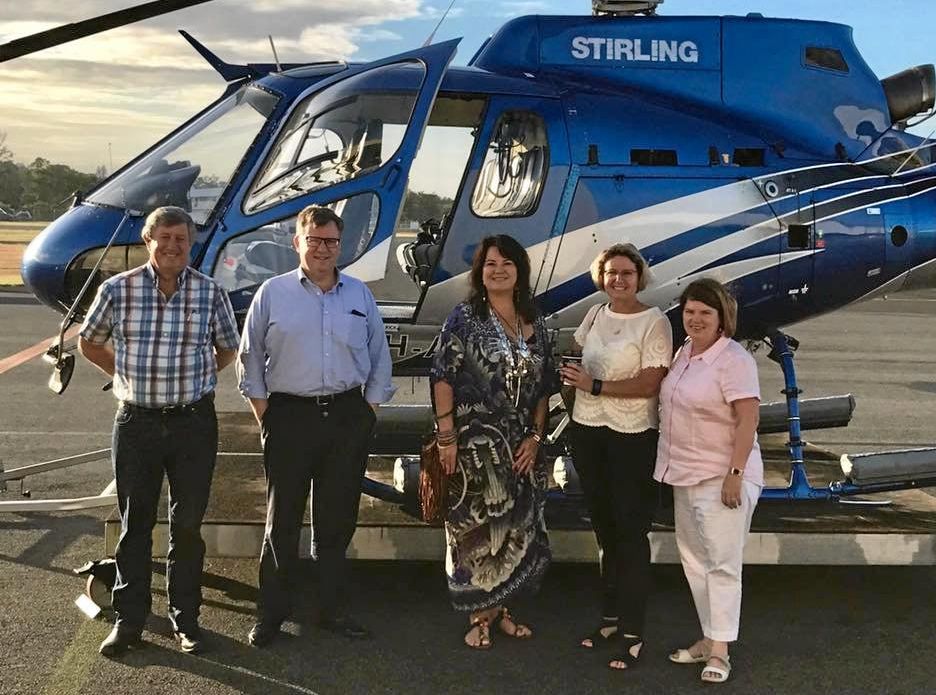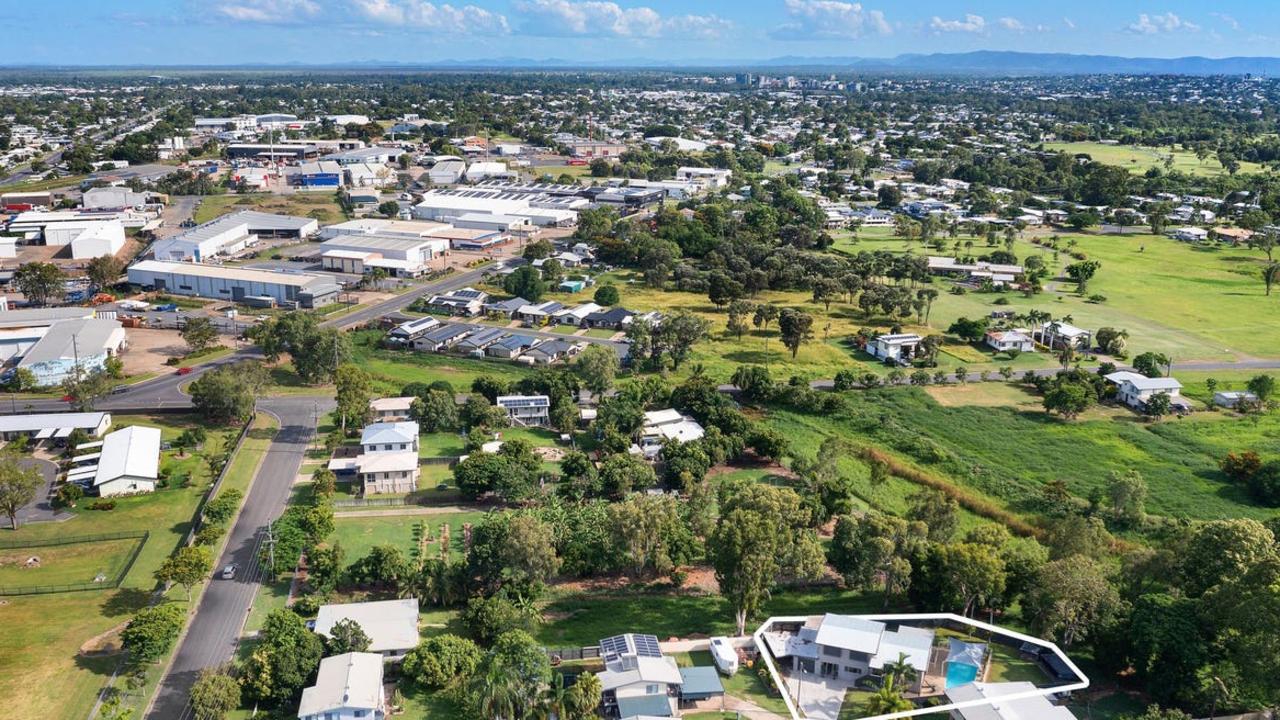NAIF pulls back the curtain to explain their plans for QLD
CEO comes forward to explain why we're waiting and what to expect.

SINCE it's inception, the $5b Northern Australia Infrastructure Facility has faced criticism for perceived secrecy and not delivering for our region.
NAIF CEO Laurie Walker has given The Morning Bulletin an exclusive insight into their decision-making process, why it's taking time to loan money for infrastructure and why there are limits to what they can say publicly.
NAIF was set up to offer $5 billion in loans for a range of different infrastructure projects across Northern Australia that were offered 50:50 with government and private funding.
Federal Opposition leader Bill Shorten told the NT News last year, that the Northern Australia Infrastructure Fund was a "poster child for inaction" and "its dealings are opaque ... nothing has happened".
An outspoken critic of NAIF, Keppel MP Brittany Lauga believed that after a year and a half of existence, during which time the board members had been paid hundreds of thousands in wages, they should have been delivering funding for CQ by now.
"I'm calling on the NAIF Board to concentrate on their responsibility to finance infrastructure projects in Northern Australia, so that the jobs and investment in our region will flow," she said last year.
Ms Walker refuted the Labor party's criticism saying she thought NAIF was a great initiative of the Common wealth.
"We think that this is so different to other lending, it's got that public benefit objective and its challenging and interesting lending and we love it and we really want to make a difference," Ms Walker said.
"It has such an important role to play, it is actively pursuing its mandate and it is delivering on its mandate with really strong progress when you look at the context of the time that it takes for infrastructure to move from project concept to a point where it's ready to be assessed by lenders.
"There is so much potential in the Northern Australia Infrastructure Facility and we will realise it, but we can only realise it in the timeframe that it takes to develop infrastructure."
Ms Walker referred to project infrastructure life-cycle table developed by Ernst and Young, which showed the different stages that were undergone before financial close, which occurred after three to four years.
Ms Walker was quick to assert they hadn't been sitting idly by while projects edged their way towards a final investment decision by the NAIF board.
"You have to do that foundational work and if we didn't do it, it would not be a good use of taxpayer funds, we wouldn't be doing our job," she said.
"Any project can't bypass these steps. We are doing things to work with proponents to accelerate things as much as we can, to help them accelerate their projects.
"But at the end of the day, we still have to go through process of detailed analysis and that's appropriate, it's Commonwealth money and we need to make sure the projects are good and can ultimately get repaid."
Ms Walker said NAIF was such a magnificent opportunity and that people who were in the infrastructure game understood that it takes time for these big projects to come together.
"I am absolutely confident that as our pipeline rolls out and we start getting to that point where we can assess projects, there are going to be some incredibly important projects that we will finance that will make major changes in Northern Australia," she said.
The projects in NAIF's timeline were at varying stages with Ms Walker saying NAIF has received 184 enquiries - a 48 per cent increase since June 2017.
She said they currently had 96 active enquiries and 12 projects in the due diligence phase with five projects from Queensland on the verge of approval.
Speaking about when the five Queensland projects would receive the final approval she said "some of them are reasonably close, I'd like to think this financial year".
"These are matters where there are a lot of moving parts and we're a component of the financing structure, we're not driving that financing structure," Ms Walker said.
When quizzed about potential CQ projects she said NAIF had identified a list of at least 10 projects in Queensland which include significant projects in Central Queensland where NAIF will need to partner and work closely with Queensland Government stakeholders.
"We see that partnership with the Queensland Government as being something that's going to be very important to unlocking a lot of project value to benefit Queensland," Ms Walker said.
"We've identified a number of those projects and we're ready and really wanting to get into doing due diligence on those projects.
"We really need to engage strongly and to have the Queensland Government engage strong with us to take those projects forward for us."
She wouldn't be drawn on talking about specific future CQ projects they were considering funding, citing the need to maintain commercial confidence because revealing the intentions of a venture could potentially jeopardise its viability.
"There are occasions where the proponents agrees that we can do that for example it's on the public record that we are looking at the Kinston Project, which is a renewables project and that was with the agreement of the client," Ms Walker said.
In the meantime, the people of Central Queensland will be forced to continue waiting patiently for NAIF's game changing infrastructure announcements to be made public.
Originally published as NAIF pulls back the curtain to explain their plans for QLD






